Tao of Self Meaning: Phenomenology of Healing in Art
$10.79
Description
Tao directs attention towards the psychological, aesthetic, and spiritual realm, often neglected dimensions of life. Grigg (1999) stresses that ..”.will find the New Lao-tzu a recognizable element of Zen. Indeed, the special psychological and philosophical forces that constitute one are also the essential qualities of the other” (p. 150). He continues say, Tao, like Zen, is not a philosophy of life; it is the art of being. Like the artistic process itself, Taoism embraces all the inherent contradictions of living, and then it converts the creative energy that result from this tension into a balancing and harmonizing experience. (p. 114)The art of living cultivates emotional inner peace, appreciation of the beauty and experience of life in itself, and an orientation towards the source and unity of life and being which transcends the petty problems of the world and the institutions of society. He/she sought to clarify the inner dimensions of the self and the spiritual dimensions of the world. The experience of the Tao is analogous to the creativity of the artist and aesthetic appreciation of the observer. The art of living cultivates the unity of life in its dynamic flux (Chang, 1963; Rowley, 1955). With infinite empty space, Tao can absorb the different worlds of psychology and art, different religions and the many others ways (Chang, 1963, pp. 1-15). Psychological theories provide detailed information on the formation of the self. Tao gives an insight into the direction and framework. Chang (1963) notes, Never before has Chinese Tao Te Ching been so well explained in the light of modern psychology and sincerely pursued as a way to elevate man’s mental activities and alleviate his sufferings. Thus mystery of age-old Eastern wisdom, which brings out the best in man, is no longer a mystery but simply a way to wholesome and harmonious living. (p. 6) To search for the meaning of self is a lifelong learning process. The central role of the self is able to turn happenings into meanings (Spence, 1987). From psychotherapy to spirituality, the Tao of living cultivates emotional inner peace. Although ignorance and pain exist, spirituality suggests that suffering and death are included, and eventually transcend the greater whole, which preserves us, and – however impersonally – wishes us well. Sometimes we experience ourselves as isolated; but by sharing human experience vertically (inward) and horizontally (outward), we could discover that we are participants in a large and meaningful whole. A person comes to know his/her position between heaven and earth. As a ‘co-creator’ he/she breakthroughs his/her boundary, embraces paradox with wisdom and works toward change and transformation. Finally, he/she finds meaning in life by “passing on” these experiences. Mastery of self is a lifelong journey requiring integrative learning through childhood to old age. Tao is a lifelong learning experience achieved by daily effort. Grigg (1999) says, “No magic, nothing extraordinary is involved. Skills are earned by reflection, by insight, and by cultivated intuitions” (p. 151). Tao is a holistic experience, an interwoven pattern of action-inaction (Yin and Yang) and multiplicity-unity (divergence-convergence) (Chang, 1963, pp. 19-54). Freedom emerges within “Concientizationperson”; not from the dictates of government or social institutions which mandate “equality” studies and policies. The learner must develop an attitude for success: “emptying oneself” of biases, egocentrism, degradation, class, and ethnocentrism in order to fill up with new potential and knowledge. He/she needs to develop a sense of “consciousness” through self-reflection, correction, and participation.(Chinese translation included)
Author: Lau, Sze Oi
Topic: Psychology
Media: Book
ISBN: 1725170027
Language: English
Pages: 102
Additional information
| Weight | 0.57 lbs |
|---|---|
| Dimensions | 11.02 × 8.5 × 0.21 in |


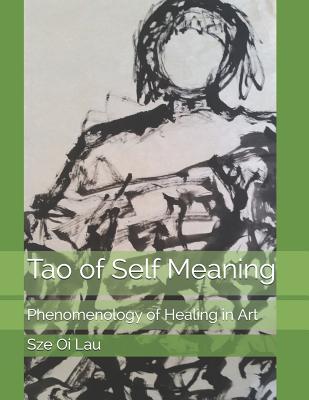
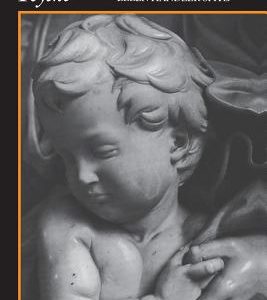

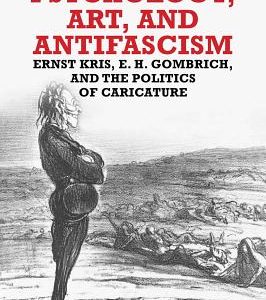

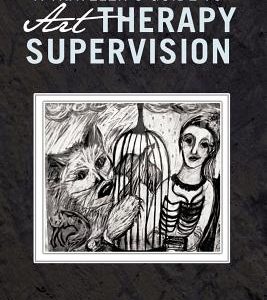
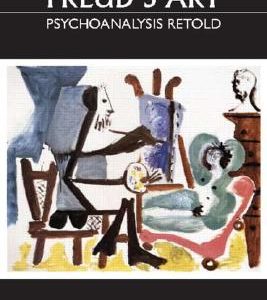
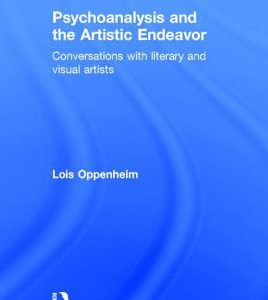
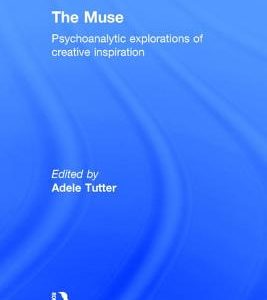

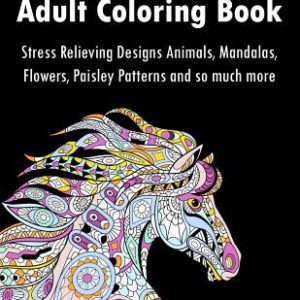
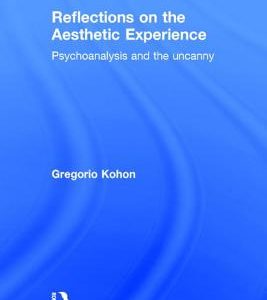
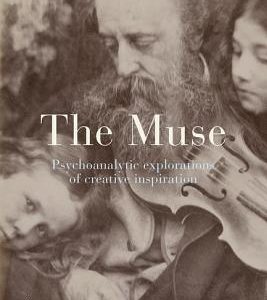
Reviews
There are no reviews yet.